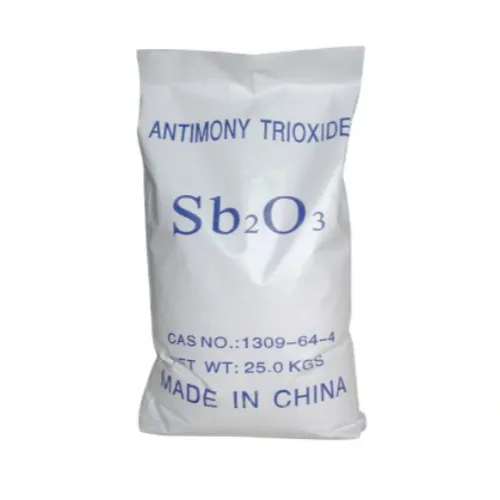Warning: Undefined array key "title" in /home/www/wwwroot/HTML/www.exportstart.com/wp-content/themes/1198/header.php on line 6
Warning: Undefined array key "file" in /home/www/wwwroot/HTML/www.exportstart.com/wp-content/themes/1198/header.php on line 7
Warning: Undefined array key "title" in /home/www/wwwroot/HTML/www.exportstart.com/wp-content/themes/1198/header.php on line 7
Warning: Undefined array key "title" in /home/www/wwwroot/HTML/www.exportstart.com/wp-content/themes/1198/header.php on line 7
- Afrikaans
- Albanian
- Amharic
- Arabic
- Armenian
- Azerbaijani
- Basque
- Belarusian
- Bengali
- Bosnian
- Bulgarian
- Catalan
- Cebuano
- China
- China (Taiwan)
- Corsican
- Croatian
- Czech
- Danish
- Dutch
- English
- Esperanto
- Estonian
- Finnish
- French
- Frisian
- Galician
- Georgian
- German
- Greek
- Gujarati
- Haitian Creole
- hausa
- hawaiian
- Hebrew
- Hindi
- Miao
- Hungarian
- Icelandic
- igbo
- Indonesian
- irish
- Italian
- Japanese
- Javanese
- Kannada
- kazakh
- Khmer
- Rwandese
- Korean
- Kurdish
- Kyrgyz
- Lao
- Latin
- Latvian
- Lithuanian
- Luxembourgish
- Macedonian
- Malgashi
- Malay
- Malayalam
- Maltese
- Maori
- Marathi
- Mongolian
- Myanmar
- Nepali
- Norwegian
- Norwegian
- Occitan
- Pashto
- Persian
- Polish
- Portuguese
- Punjabi
- Romanian
- Russian
- Samoan
- Scottish Gaelic
- Serbian
- Sesotho
- Shona
- Sindhi
- Sinhala
- Slovak
- Slovenian
- Somali
- Spanish
- Sundanese
- Swahili
- Swedish
- Tagalog
- Tajik
- Tamil
- Tatar
- Telugu
- Thai
- Turkish
- Turkmen
- Ukrainian
- Urdu
- Uighur
- Uzbek
- Vietnamese
- Welsh
- Bantu
- Yiddish
- Yoruba
- Zulu
אוג . 06, 2024 10:21 Back to list
Exploring the Applications and Benefits of Saccharin Sodium as a Sugar Substitute in Food Industry
The Use of Saccharin Sodium A Comprehensive Overview
Saccharin sodium, an artificial sweetener discovered in the late 19th century, has had a long and somewhat contentious history. Initially celebrated for its ability to provide sweetness without calories, this compound has become a staple in the food and beverage industry, especially for those seeking low-sugar or sugar-free alternatives. Despite its popularity, saccharin has also faced scrutiny and regulatory challenges over the years.
What is Saccharin Sodium?
Saccharin sodium is the sodium salt of saccharin, one of the oldest artificial sweeteners. It is approximately 300 to 400 times sweeter than sucrose (table sugar) and is often used in a variety of food products, including soft drinks, canned goods, and baked items. It is a non-nutritive sweetener, which means it adds sweetness without contributing calories, making it an attractive option for individuals managing weight or diabetes.
Historical Context
The discovery of saccharin dates back to 1879 when chemist Constantin Fahlberg accidentally stumbled upon it while researching coal tar derivatives. Its commercial applications began shortly thereafter, but the initial excitement was tempered by concerns over its safety. In the 1970s, studies suggesting that saccharin could be linked to cancer in laboratory rats led to public outcry and calls for bans. This culminated in the U.S. Congress mandating warning labels on products containing saccharin. However, subsequent studies and thorough reviews by the FDA concluded that the evidence was insufficient to classify saccharin as a carcinogen, leading to its delisting from the list of substances considered harmful.
Current Uses
saccharin sodium use

Today, saccharin sodium is widely used in various products, primarily as a sugar substitute. The most common applications include
1. Beverages Diet sodas, flavored water, and other low-calorie drinks often contain saccharin, making them appealing for those who wish to limit caloric intake. 2. Sugar-free Foods Many processed foods, including desserts, sauces, and canned goods, utilize saccharin for sweetness without the added sugar content.
3. Pharmaceuticals Saccharin is also used in certain medications and cough syrups to enhance palatability, especially in products intended for children.
Safety and Regulatory Status
The safety of saccharin sodium has been continuously evaluated since its discovery. Regulatory agencies, including the U.S. Food and Drug Administration (FDA) and the European Food Safety Authority (EFSA), have established acceptable daily intake (ADI) levels for saccharin. According to the FDA, saccharin is safe for consumption in moderate amounts, and its use in food products is permitted. Despite some lingering skepticism from certain consumers, extensive research has generally found that saccharin does not pose significant health risks when consumed within established guidelines.
Conclusion
Saccharin sodium remains a prominent player in the world of artificial sweeteners. While its journey has been fraught with challenges, it has proven to be a valuable resource for those seeking alternatives to sugar. As consumers become increasingly health-conscious, the demand for low-calorie and sugar-free options is unlikely to diminish. For this reason, saccharin sodium is likely to maintain its relevance in the market, providing sweetness without the calories associated with traditional sugar. As always, moderation is key, and individuals should remain informed about the products they consume. Overall, saccharin sodium exemplifies the complexities of food science, regulatory oversight, and consumer choice in the modern diet.
Latest news
-
Certifications for Vegetarian and Xanthan Gum Vegetarian
NewsJun.17,2025
-
Sustainability Trends Reshaping the SLES N70 Market
NewsJun.17,2025
-
Propylene Glycol Use in Vaccines: Balancing Function and Perception
NewsJun.17,2025
-
Petroleum Jelly in Skincare: Balancing Benefits and Backlash
NewsJun.17,2025
-
Energy Price Volatility and Ripple Effect on Caprolactam Markets
NewsJun.17,2025
-
Spectroscopic Techniques for Adipic Acid Molecular Weight
NewsJun.17,2025

